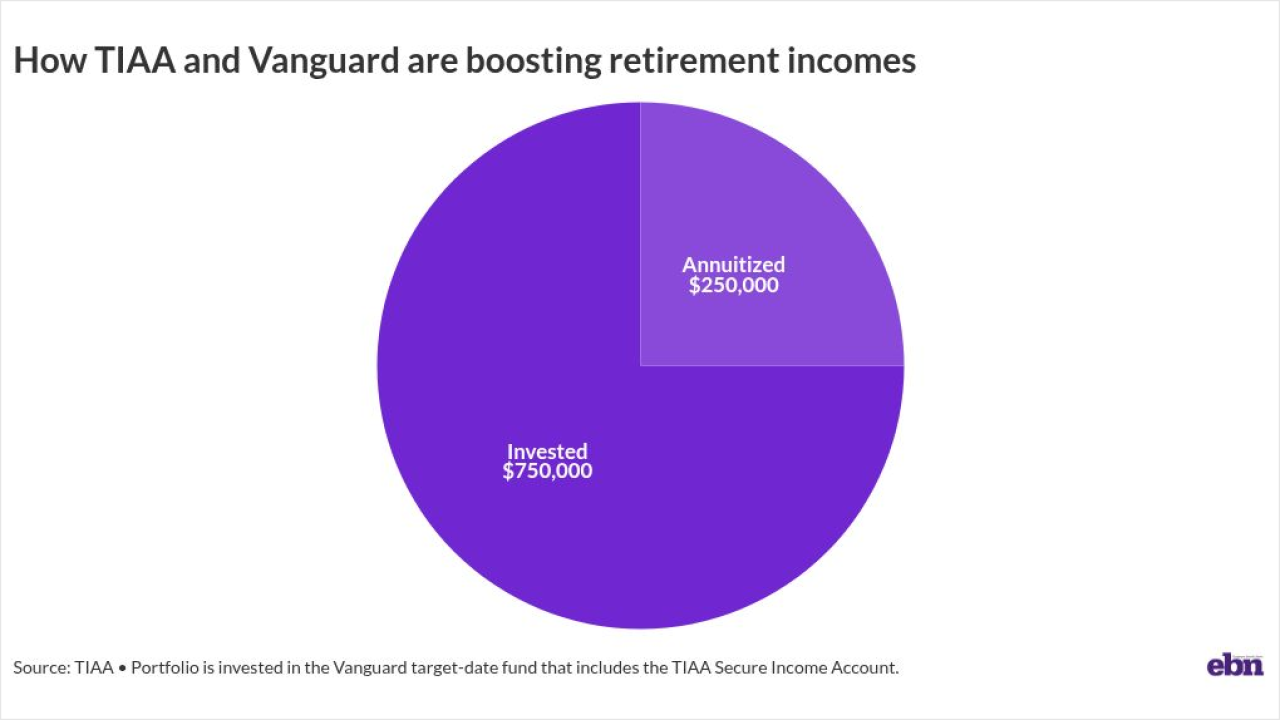Recently, Immigration and Customs Enforcement officials audited the popular burrito chain, Chipotle Mexican Grill, Inc., which fired hundreds of illegal workers as a result. Using Chipotle as a cautionary tale, employers cannot turn a blind eye to illegal workers, as Chipotle allegedly did - one woman claims she gave the company two false social security numbers when applying for positions within the company.
As federal and state governments crack down on workers unlawfully employed in the United States, employers should take extra care that they are covering all of their bases lest they be subject to large fines or even jail time.
Even though only the federal government can regulate immigration, some states, like Arizona, passed even more stringent immigration laws, when the state last year notoriously approved SB 1070. Though court rulings have prevented key provisions from implementation, the Arizona controversy took enforcement of federal law a step further.
"One of the biggest legal challenges to the Arizona law is: Can a state pass immigration laws, or is the Federal government the exclusive body to regulate in the arena of immigration?" questions Bruce A. Larson, associate at the Irvine, Calif., office of Fisher & Phillips LLP.
Experts believe the Arizona case most likely will end up before the Supreme Court, at which time employers will have a better grasp on whether states can regulate or enforce immigration laws.
As it currently stands, the Department of Homeland Security confirms that more than 238,000 employers now use E-Verify, an Internet-based system that allows employers to authenticate information reported on an employee's Form I-9, or Employment Eligibility Verification, to determine eligibility to work in the United States.
In all cases, employers must have a properly completed I-9 form for all current employees and must retain I-9s for former employees for either one year after termination or three years after hire, whichever is later. Thus, the onus for complying with federal employment verification law lies solely with employers - a disconcerting reality, given that I-9 audits have increased in recent years.
"In one way, yes, [E-Verify] gives [employers] a tool to make sure they're not hiring someone illegally, but it's not failsafe, and if something does happen, all the consequences go to the employer. In that way it gets a little bit tricky," says Shannon Hickey, an office administrator and legal assistant for a criminal, immigration and personal injury firm, who has extensive experience in dealing with the nuances of immigration laws and enforcement, and who adds that she's previously lost co-workers who failed the E-verify test, a very "personal thing, because they were part of the family and part of our crew."
On a professional level, "the law just makes everything a little bit more complicated," she adds.
There's a lot more paperwork, for one. Forms are constantly being updated, and an HR/benefits manager who is required to E-Verify - either by state law or company policy - needs to relentlessly monitor the DHS website. There are multiple retraining opportunities through webinars, but for the most part, employers are responsible for updates.
"The verification process is even more complicated for the employer because you're not supposed to be involved in it," Hickey says. "The main point is not to discriminate even though the law is set up to discriminate."
Don't act on doubts alone
Federal law states that employers must verify an employee's eligibility to work no more than three days after hire.
"For HR managers, when [a new hire] comes in that's the first thing we do, because [a company] could get stuck between a rock and a hard place," Hickey says. "You have to get it done right away, and if you don't, then you're in real trouble."
And what happens when a red flag is raised during the verification process? "Handling a ... red flag is very tricky, and there are very strict guidelines that have to be followed when that happens. Basically, the employer has to take a step back and do everything through this government process and these forms," Hickey says.
Among those government processes and forms are "no-match" letters, officially known at the Social Security Administration as "Employer Correction Requests." When an employer receives a no-match letter, it means that the Social Security number the employer provided for an employee doesn't match SSA's records.
SSA recently has begun sending no- match letters again, after the practice was suspended in 2007 due to legal challenges. However, the new letter specifically details that the employer cannot use the letter to take an adverse employment action, like firing the employee. Rather, an employer can only inform the employee to go to a local SSA office to resolve the situation.
Unfortunately, the revamped letter does not tell an employer what to do if an employee does not take care of the no-match problem. Experts recommend discussing the letter with the employee, making sure to document the conversation by having him sign a document attesting that he saw the letter and was told to address the situation. Further, explain to him his rights and that the employer can't make any termination decisions until they hear from the government.
Larson recommends employers give an employee up to 90 days to address a "no match" situation, being careful to document all steps in the process to show a good faith effort to comply.
An H1-B employee is a worker who is eligible to work in the United States under a temporary work visa. When hiring an H1-B employee, employers should follow traditional processes, but instead of a Social Security number, enter a work visa ID, and reverify the ID once the expiration date comes up.
If an employer is audited and caught knowingly hiring undocumented workers, then they could face six- or seven-figure fines, or even jail time.





